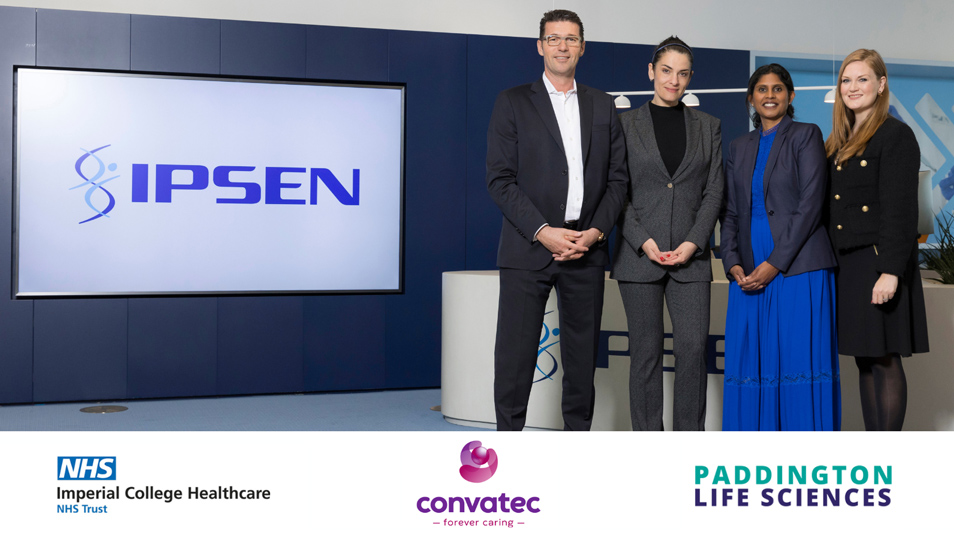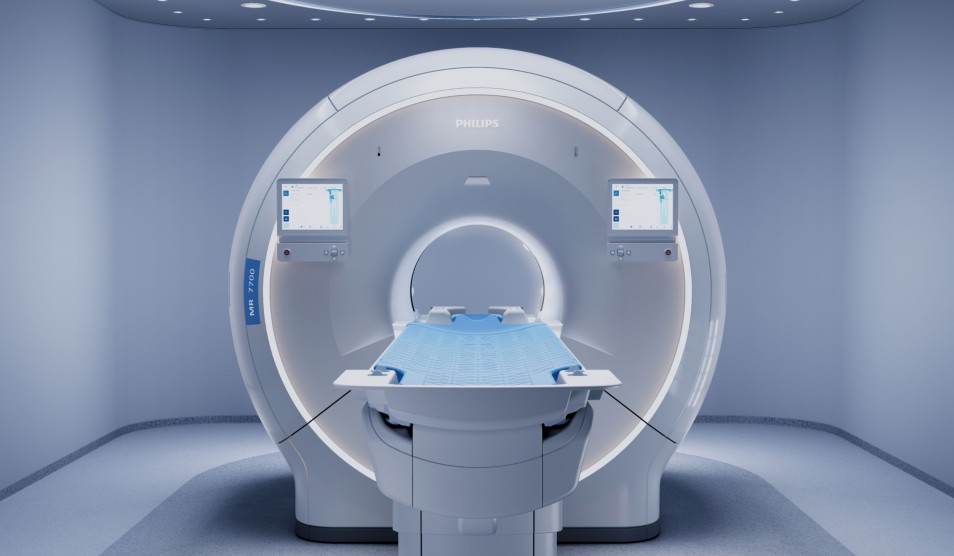Health minister visits Trust to see innovative approach to treating sepsis in action
Health minister Caroline Dinenage visited St Mary’s Hospital today, part of Imperial College Healthcare NHS Trust, to find out more about an innovative approach that is helping clinicians to spot and treat sepsis faster and more effectively. Sepsis is a serious complication of an infection that can be fatal if it is not identified and treated early – around 46,000 people in the UK die from the condition each year.
Marking World Sepsis Day, the minister met staff involved in developing the new approach which uses an alert and treatment plan built into the Trust’s electronic patient record system. Since its launch in April 2017, the number of patients detected as having sepsis has risen and treatment has started sooner. At the Trust’s Charing Cross Hospital, where the approach was first piloted, the median time between a sepsis alert and antibiotics being administered has reduced by two-thirds, from more than 80 minutes to 26 minutes.
The new approach to sepsis is the result of an organisation-wide collaboration, part of the Trust’s wider quality improvement programme. Every week, doctors, nurses, pharmacists, operational staff and others have come together in a sepsis ‘big room’ to analyse data, share stories and plan and monitor changes.
Other improvements that the new approach has helped to achieve include:
• better and faster communication between clinicians, especially doctors and nurses, about patients who are showing potential signs of sepsis
• the introduction of a handover checklist for patients moving from A&E to a ward, which highlights the presence of possible sepsis
• a trial of ‘sepsis champions’ in A&E to help respond rapidly to patients showing potential signs of sepsis
• working more closely with London Ambulance Service to use their observations to help with early identification of sepsis
• the introduction of a data dashboard for each ward, so that staff can see how well they are looking after patients with sepsis.
Professor Julian Redhead, medical director at the Trust, said:
“The Trust is making big strides in the identification and treatment of sepsis. As an organisation we have pulled together to tackle potentially fatal sepsis by making sure we are identifying the warning signs and supporting our staff to start treatment as early as possible.
“Today was a great opportunity to demonstrate to the minister the progress we have already made in a relatively short period of time.”
Dr Anne Kinderlerer, acute physician and Trust sepsis lead, said:
“Early identification of sepsis is absolutely key. By involving all our staff, from the healthcare assistants on the ward to the executive team, we have made a big difference to the care of patients with sepsis. We’re now able to give the right antibiotics more quickly and monitor patients more effectively. We’ve created a mindset whereby staff are always asking themselves – ‘could it be sepsis?’
“This, coupled with the changes we have developed in the electronic patient record, is making a real difference to how sepsis is managed at our Trust.”



